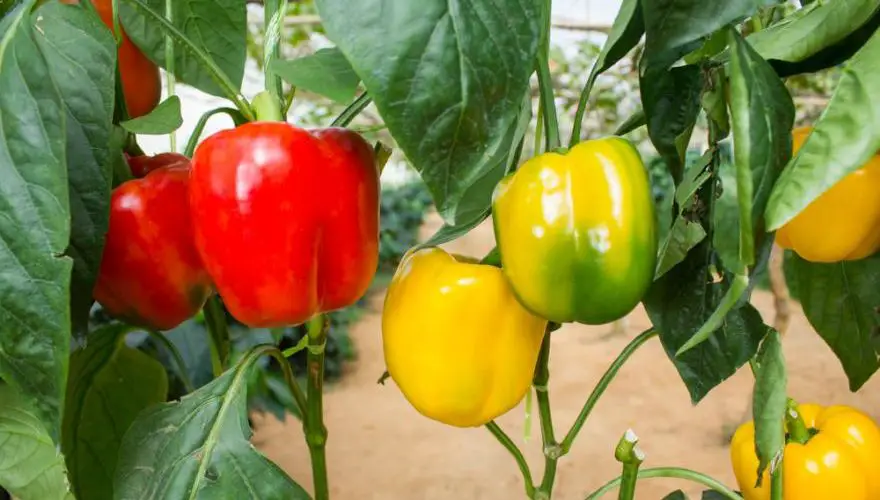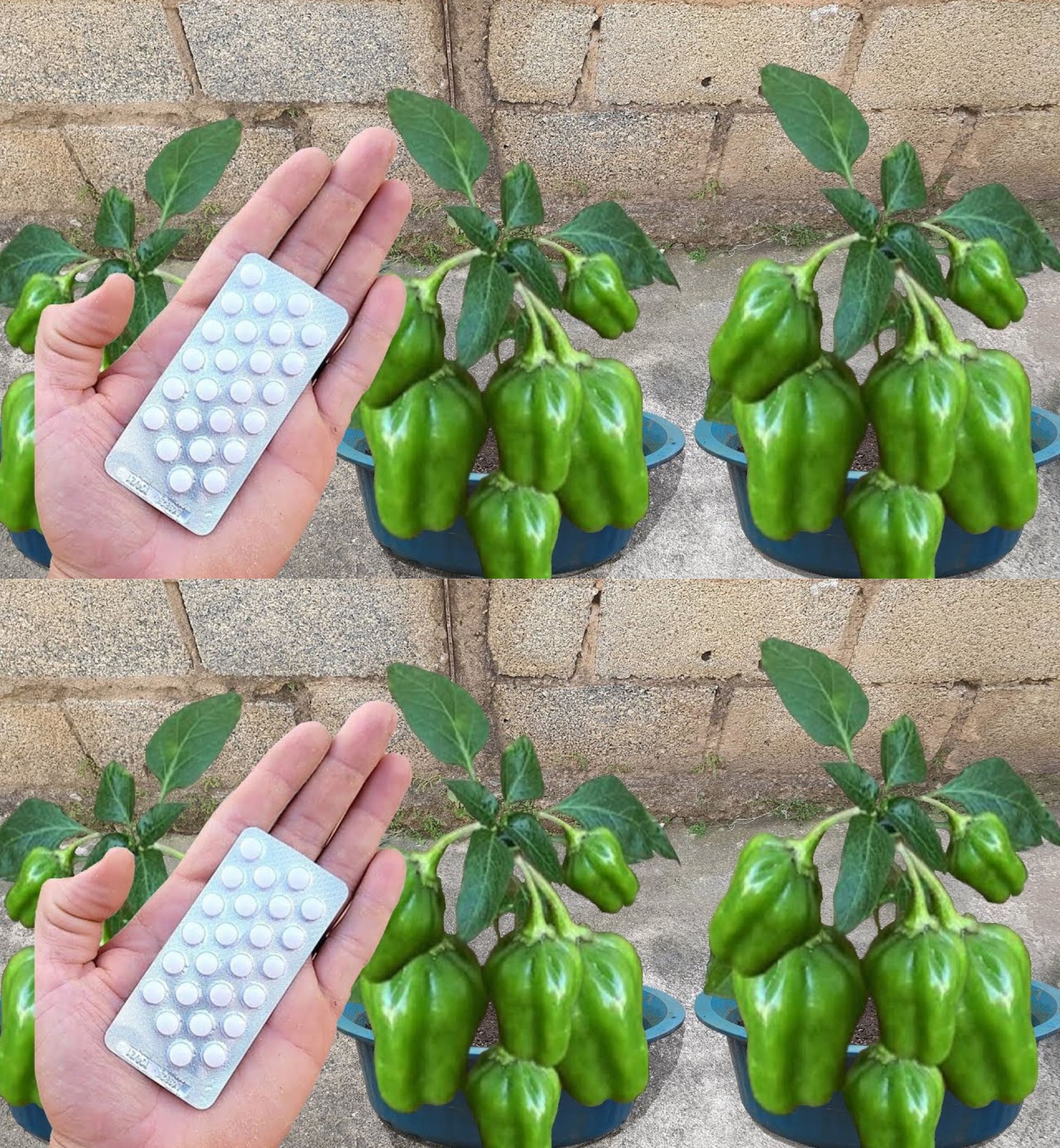
Growing peppers at home can be a rewarding experience for beginners. Here’s a beginner’s guide to help you grow peppers successfully:
- Selecting Pepper Varieties: Choose pepper varieties that suit your taste preferences and growing conditions. Some popular options for beginners include bell peppers, jalapeños, and banana peppers. Pay attention to the plant’s size and consider dwarf or compact varieties if you have limited space.
- Starting Seeds Indoors: Peppers need a long growing season, and starting seeds indoors gives them a head start. Begin the indoor seeding process 8-10 weeks before your region’s last expected frost date. Use a seed starting mix, keep the soil consistently moist, and provide warmth (around 70-80°F or 21-27°C) for optimal germination.
- Transplanting Seedlings: Once seedlings have developed several true leaves and all danger of frost has passed, transplant them into larger containers or directly into the garden. Ensure the soil is well-draining, and space plants according to their recommended spacing requirements.
- Sunlight and Temperature: Peppers thrive in full sunlight. Choose a location that receives at least 6-8 hours of direct sunlight each day. Maintain a warm environment, as peppers prefer temperatures between 70-85°F (21-29°C) during the day and not below 50°F (10°C) at night.
- Watering: Keep the soil consistently moist, but avoid waterlogging, as peppers are susceptible to root rot. Water the plants at the base to keep the foliage dry, as wet leaves can lead to diseases. Use a saucer under containers to catch excess water and prevent overwatering.
- Fertilizing: Peppers benefit from regular fertilization. Use a balanced, water-soluble fertilizer or one specifically formulated for vegetables. Start fertilizing when the plants are established and continue every 2-3 weeks during the growing season. Follow the recommended application rates on the fertilizer package.
- Support and Pruning: As pepper plants grow, they may require support, especially when laden with fruits. Stake or cage the plants to prevent branches from breaking. Pruning can also help improve air circulation and fruit production. Pinch off the terminal bud when the plant is about a foot tall to encourage bushier growth.
- Pest and Disease Management: Keep an eye out for pests like aphids, spider mites, and hornworms. Use organic or chemical-free pest control methods when necessary. Practice good garden hygiene to minimize disease risks, and consider using mulch to deter weeds and retain soil moisture.
- Harvesting: Peppers are ready for harvest when they reach their mature color (green, yellow, red, etc., depending on the variety). Use scissors or pruning shears to cut the peppers from the plant, leaving a small portion of the stem attached. Regular harvesting encourages more fruit production.
By following these tips, you can enjoy a bountiful harvest of homegrown peppers. Experiment with different varieties to discover your favorites and consider saving seeds from your successful plants for future growing seasons.
